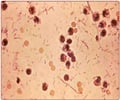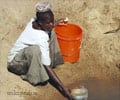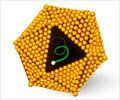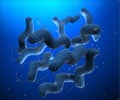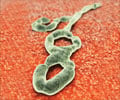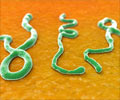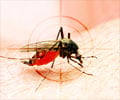About
Dengue and dengue hemorrhagic fever (DHF) is an arbovirus disease of the Genus Flavivirus.
The disease is caused by one of four closely related, but antigenically distinct, virus serotypes (DEN-1, DEN-2, DEN-3, and DEN-4).
Due to serotype specificity infection with one serotype does not provide cross-protective immunity to other serotype, so persons are theoretically susceptible to have four dengue infections during their lifetime.
Dengue viruses are transmitted from person to person by a domestic mosquito called - Aedes aegypti.
Infection with dengue viruses causes clinical illness ranging from a less dangerous non-specific viral syndrome called 'Dengue fever' to severe and fatal hemorrhagic disease of 'Dengue Hemorrhagic Fever (DHF)'.
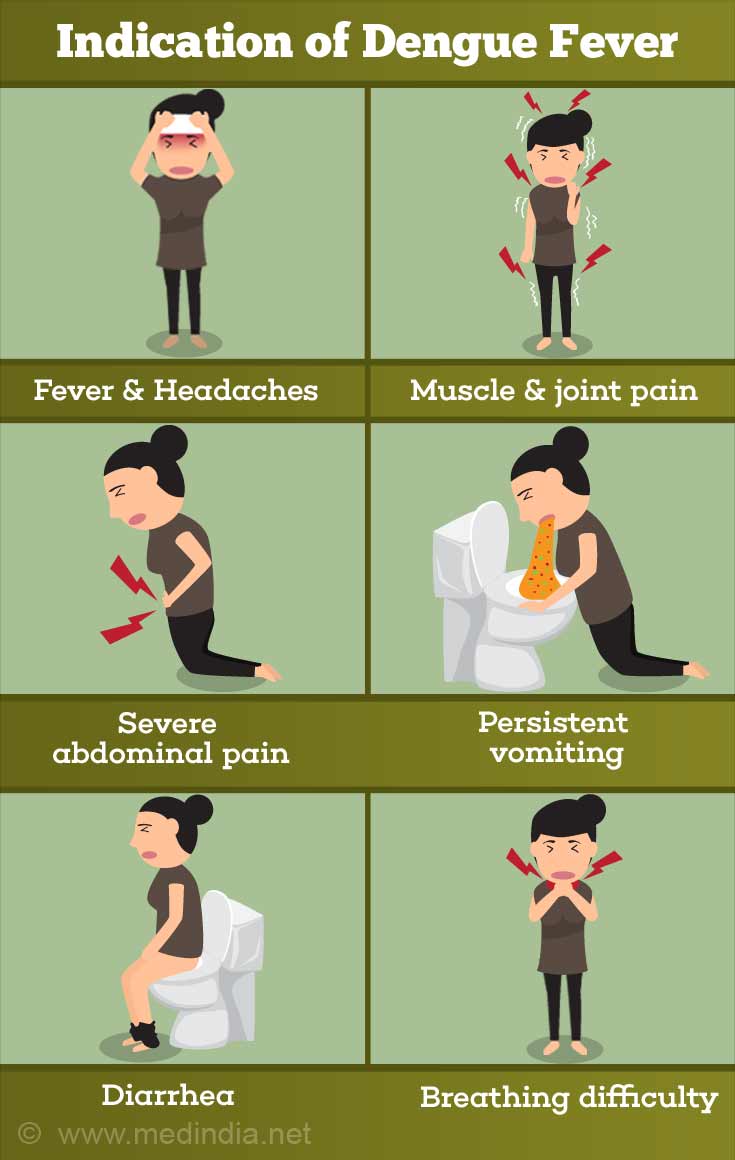
The severity and risk factors for DHF depends upon:
- Strain and serotype of the infecting virus
- Age
- Immune status
- Genetic predisposition of the patient. Dengue Hemorrhagic Fever (DHF) is the most severe form of dengue, which can be fatal if unrecognized and not properly treated; DHF is caused by infection with the same viruses that cause dengue.


